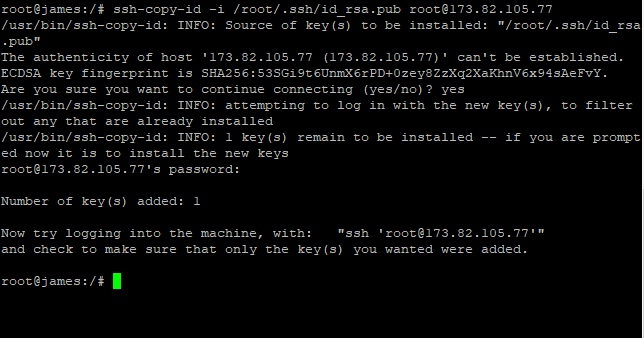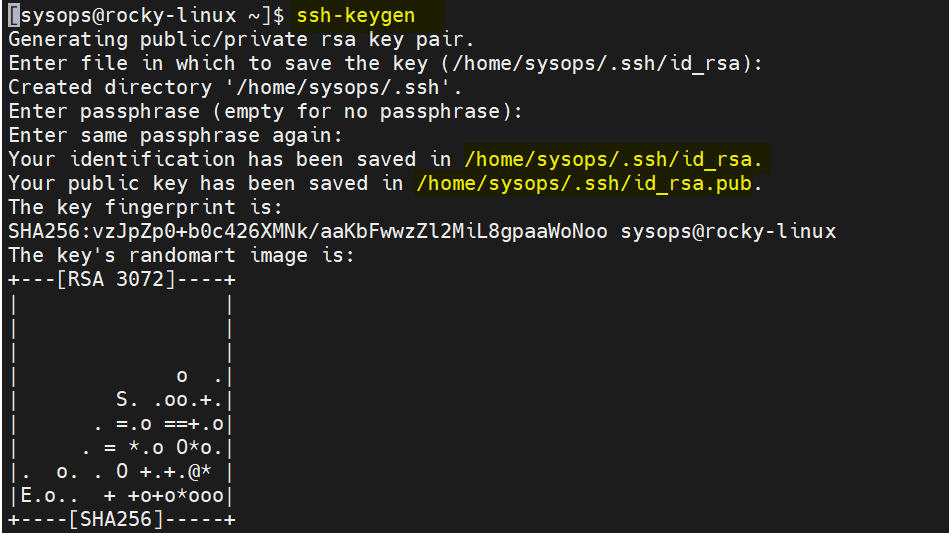
Python version = 3.6.8 (default, Oct 11 2019, 15:04:54) Īfter the installation, you can make changes to the default Ansible settings by modifying parameters in the ansible.cfg file. # ansible -versionĬonfigured module search path = Īnsible python module location = /usr/local/lib/python3.6/site-packages/ansible-2.9.6-p圓.6.egg/ansibleĮxecutable location = /usr/local/bin/ansible This command installs six packages:Īfter the installation, run the ansible -version command to check the version of Ansible installed.
#ANSIBLE SSH COPY ID INSTALL#
To install Ansible on the RHEL 8 control node after registering with the Satellite server, run the command yum install ansible. Automate Red Hat Enterprise Linux with Ansible and Satellite.
#ANSIBLE SSH COPY ID TRIAL#

To use all Ansible modules, you need to install Python on the managed nodes as well. With RHEL 7, we have Python 2.7 installed by default, and with RHEL 8, we have Python 3.6 by default. You can install Ansible on any machine with Python 2 (version 2.7) or Python 3 (versions 3.5 and higher). To use Ansible in your environment, you must set up a management node (also called a control node) where you will install Ansible.


Check out the first article, Demystifying Ansible for Linux sysadmins, if you have not already. In this article, I discuss the prerequisites for installing Ansible, Ansible installation using the Satellite server, setting up Ansible for automation, introduction to playbooks, inventory files, and go through a use case for Ansible.


 0 kommentar(er)
0 kommentar(er)
